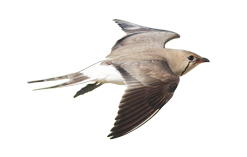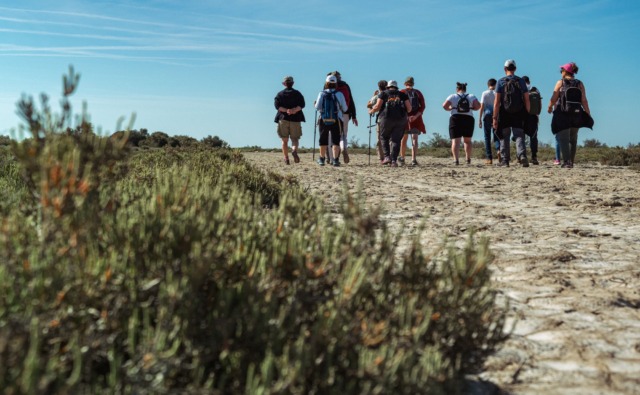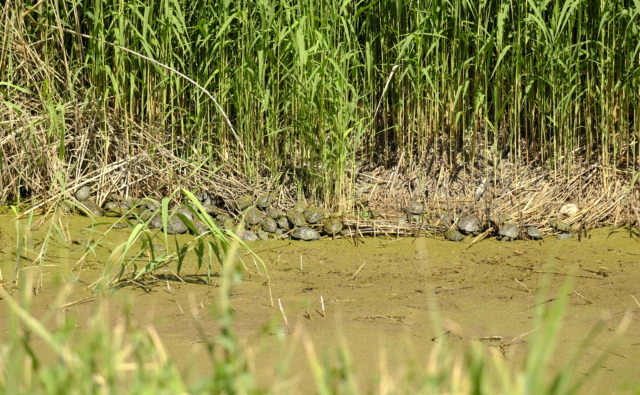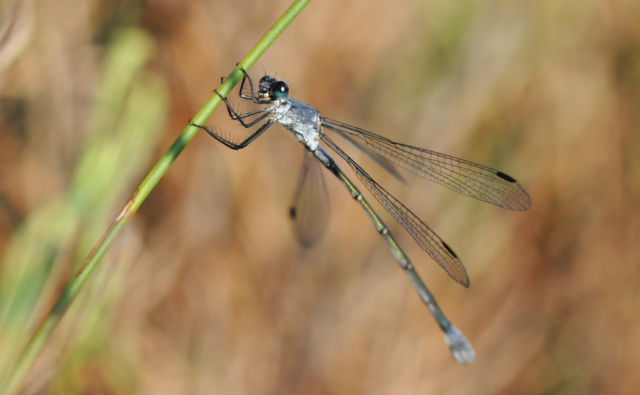SWOS (Satellite-based Wetlands Observation Service)
Objectives
Wetlands cover less than 1% of the total area of our planet, yet they support nearly 10% of global biodiversity. Paradoxically, these are the ecosystems that provide us the most services (protection, mitigation, provisions, and cultural), but are also the most highly threatened by our activities. For example, in Europe nearly 60% of wetland habitats have been lost in the last 100 years, which explains the need to set up effective monitoring networks for these habitats so as to better conserve them.
Among the tools used to achieve that objective, the use of earth observation techniques (principally satellite images) enables us to obtain a certain amount of information about wetlands concerning habitats, flooding regimes, vegetation dynamics and more. This information is essential for understanding how they function, and thus for putting in place more effective management, protection, and restoration measures.
Funded by the European Commission in the framework of its Horizon-2020 research programme, the SWOS (Satellite-based Wetlands Observation Service) project will help to provide data gathered using remote-sensing techniques, and to better integrate them into local, national, regional, and global wetland monitoring programmes.
Actions and methodology
The results of this project are essentially based on the production of maps (land cover, flooding dynamics, inventories, water quality) and indicators. These are all produced by processing images captured by various satellites (Sentinel 1-2, Landsat (MSS, TM, ETM and OLI), MODIS and MERIS), which are compared with other sources of geographical data (digital terrain models).
The implementation of this project is based on five complementary areas of research:
- The development of standard, operational tools for monitoring wetland ecosystems to better promote their integration into the decision-making processes linked to their protection, conservation, and restoration.
- Setting up a single portal that provides access to spatial information on wetlands to guarantee interoperability between these geospatial databases.
- The development of new possibilities for using Sentinel images to ensure continuous monitoring of wetland ecosystems, in relation with already existing sources of data such as Landsat.
- The development of tools and products is carried out in close collaboration with a large community of users, who are working on wetlands conservation locally, nationally, regionally, and globally.
- All the technical tools and mapping products developed during the life of this project will be transferred to the various users, particularly during training workshops organised during the project.
Results
The expected results of the SWOS project are:
- The development of software that is easy to use for processing satellite images, integrating the main features needed to conduct monitoring in wetland habitats.
- The production of thematic maps and monitoring indicators for the 50 test sites selected, including land cover, surface water dynamics, delineation of wetland habitats, and water quality monitoring.
- The development of the SWOS Geoportal, where all of these results will be published and where other data on wetlands can be uploaded. This portal will be linked to the GEO Wetlands portal.
Team
- Project leader: Anis Guelmami
- Staff involved: Christian Perennou, Nadège Popoff, Clément Merle
- Date of project: 2015-2018
Partners
Technical partners
- Jena-Optronik GmbH (JOP)
- TerraSphere Imaging & GIS b.v. (TS)
- Remote Sensing Solutions GmbH (RSS)
- Brockmann Geomatics Sweden AB (BG)
- Friedrich-Schiller-University Jena (FSU)
- University of Malaga – European Topic Centre on Spatial Information and Analysis (ETC-UMA)
- University of Bonn (UniB)
- Mouseio Goulandri Fysikis Istorias
- Greek Biotope Wetland Centre (EKBY)
- Système Euro-Méditerranéen d’Information sur les savoir-faire dans le Domaine de l’Eau (SEMIDE)
- Wetlands International
- Union internationale pour la conservation de la nature – Bureau de représentation auprès de l’Union européenne
- United Nations Environment Programme World Conservation Monitoring Centre (UNEP-WCMC)
Financial partners
Publication
- Perennou C., Guelmami A., Paganini M., Philipson P., Poulin B., Strauch A., Truckenbrodt J., Tottrup C., Geijzendorffer I.R. Mapping Mediterranean wetlands using remote-sensing: a good-looking map is not always a good map. In press in Journal of Advances in Ecological Research on Biomonitoring.



